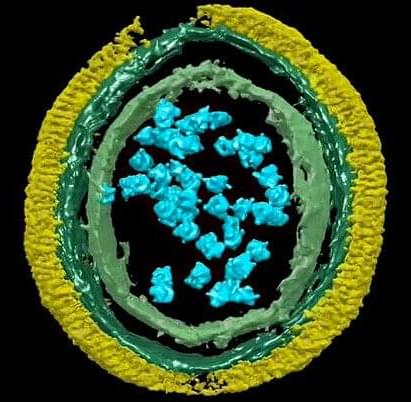One of the greatest problems in modern physics is to reconcile the enormous difference between the energy carried by random fluctuations in the vacuum of space, and the dark energy driving the universe’s expansion.
Through new research published in The European Physical Journal Plus, researchers led by Enrico Calloni at the University of Naples Federico II, Italy, have unveiled a prototype for an ultra-precise beam balance instrument, which they hope could be used to measure the interaction between these vacuum fluctuations and gravitational fields. With some further improvements, the instrument could eventually enable researchers to shed new light on the enigmatic origins of dark energy.
Inside a vacuum, electromagnetic waves are constantly emerging and disappearing through random fluctuations, so that even though the space doesn’t contain any matter, it still carries a certain amount of energy. Through their research, Calloni’s team aimed to measure the influence of these fluctuations using a state-of-the-art beam balance.









